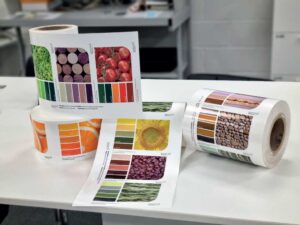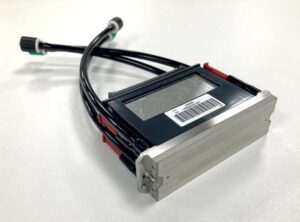When considering a digital press investment, there are many things to consider, from print quality to productivity and everything in between. There are many options on the market today, and each one has specific nuances that can significantly impact ROI.

If UV inkjet is the right choice for you, resolution might be the next consideration 600dpi, 1200dpi, higher? Is higher really better? How does resolution impact the result you see on the substrate?
Early on, UV inkjet presses had a common resolution of 360dpi as the technology developed; we saw that go to 600dpi, then 1200dpi, and more. Improvements in quality were impressive. Making it seem as though the print quality was directly related to increased resolution. Yes and No... At the end of the day, what you see in print quality is what matters. This is a combination of resolution, ink density, spot size, laydown, speed, curing, and color.
Along with the higher resolutions, there are other considerations regarding how the print head performs and delivers just the right amount of ink to the substrate at just the right time. Higher resolutions can present new challenges in keeping heads clean and getting the most mileage out of the head, not to mention the increased cost.

With technology advancements in print heads, including resolution and picoliter output, print quality has improved. The key is learning the best combination of resolution, ink output, and clarity looks best for your needs on the printed product. Comparing results from different combinations of print heads, resolutions, and drop sizes across many different types of graphics and colors will give you the best look at what each combination can produce. Once the print quality is determined, you can move to the other aspects, such as print head performance, longevity, and cost.
If you’ve ever seen an inkjet head doing its job in slow motion, it is pretty amazing that the print is as great as it is. The process requires very small droplets of ink to dispense out of the print head nozzle and fly through the air hitting the moving substrate at precisely the right spot over and over again in concert with all the other nozzles and print heads to generate the whole graphic in a split second. Pretty remarkable stuff, and no wonder why it is so critical to understand th role of the print head and the resolution to deliver the best result for your operation.
Selecting the right technology for your specific operation is critical to get the most out of the digital print process, as many new variables dictate your true ROI. Why pay for 1200dpi heads if 600dpi heads deliver quality, ink density, perform well over time, and cost less? More is not always better.